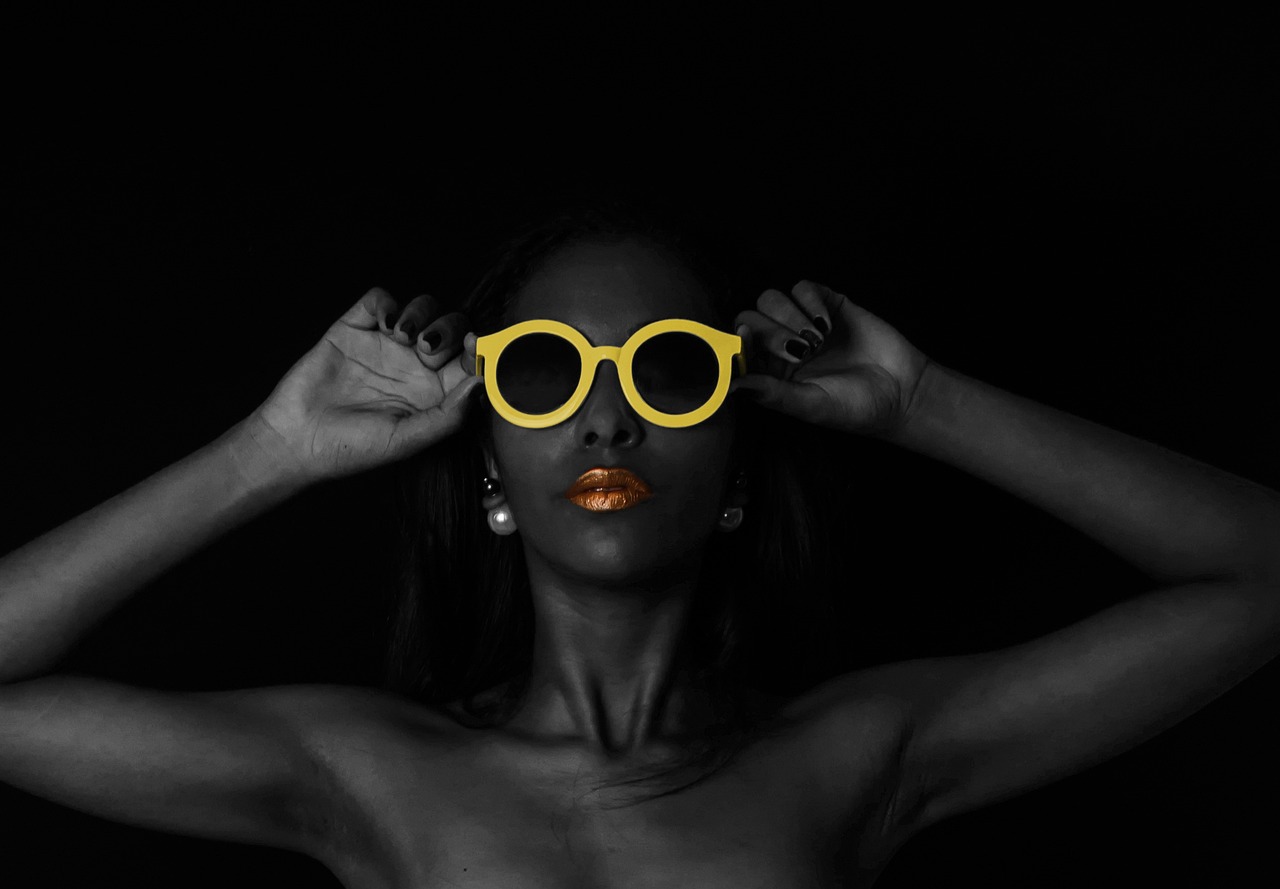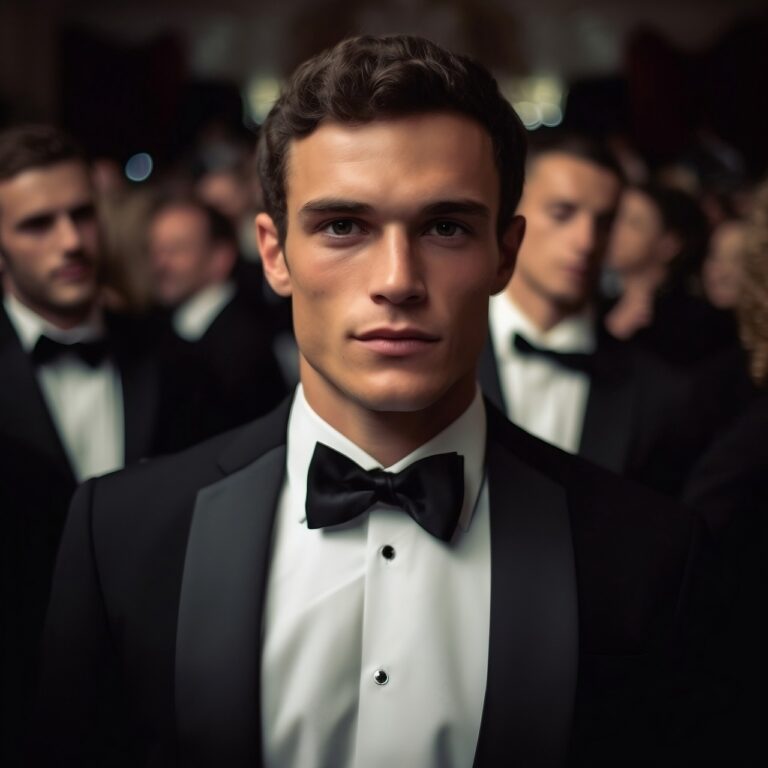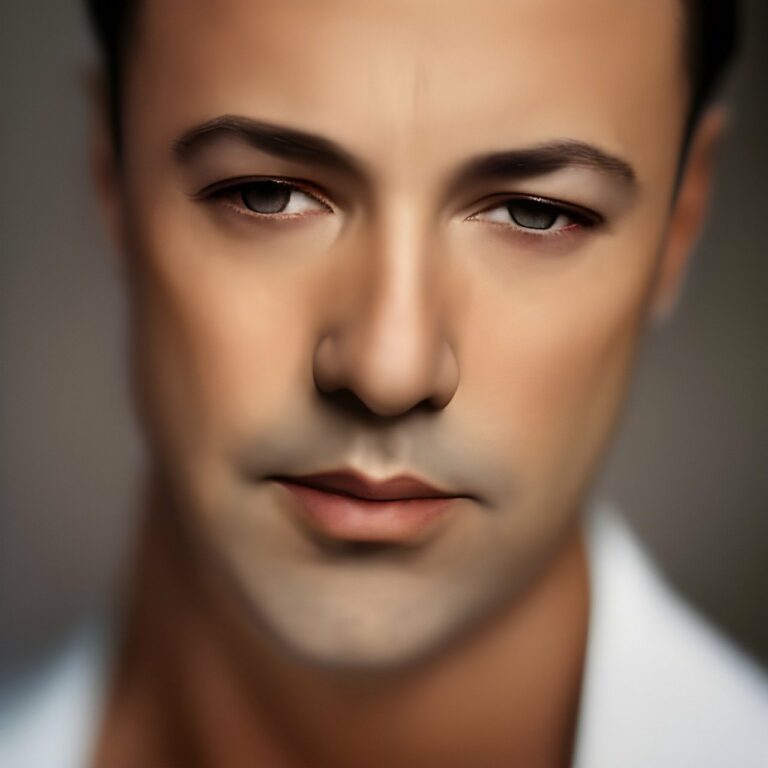Exploring the Relationship Between Fashion and Music Subcultures
Fashion and music have shared a long and intertwined history, influencing each other in ways that have shaped culture and society. Throughout the decades, musicians have not only been known for their talent in music but also for their unique sense of style. From Elvis Presley’s rock ‘n’ roll rebellion to Madonna’s provocative fashion statements, musicians have consistently pushed the boundaries of fashion.
Likewise, fashion trends have frequently been inspired by the music scene, with iconic looks from different eras being directly linked to the music genres of the time. The punk movement of the 1970s, for example, brought about a distinctive style characterized by ripped clothing, leather jackets, and bold accessories. This rebellious aesthetic not only defined the punk music genre but also made a significant impact on mainstream fashion during that period.
The punk movement of the 1970s brought about ripped clothing, leather jackets, and bold accessories
Musicians like Elvis Presley and Madonna have been known for their unique sense of style
Fashion trends have frequently been inspired by different music genres throughout history
The Influence of Music on Fashion Trends
Music and fashion have shared a long and intricate relationship throughout history. From the flamboyant styles of rock ‘n’ roll in the 1950s to the grunge look of the 1990s, musicians have often been at the forefront of setting fashion trends. Music not only reflects the cultural zeitgeist of a particular era but also shapes and influences the way people dress and express themselves.
One of the most notable examples of music impacting fashion trends is the emergence of punk rock in the 1970s. With its rebellious ethos and DIY attitude, punk music inspired a new wave of fashion that rejected mainstream styles in favor of edgier, more subversive looks. Studded leather jackets, ripped jeans, safety pins, and Mohawk hairstyles became synonymous with the punk subculture, influencing designers and shaping street fashion for years to come.
Fashion Icons in Music History
Madonna’s impact on fashion is undeniable. Known for constantly reinventing her style, she has been a trendsetter since the 1980s. From lace gloves to conical bras, Madonna’s bold and provocative outfits have left a lasting impression on the fashion world. Her ability to push boundaries and challenge traditional fashion norms has solidified her status as a true fashion icon in music history.
David Bowie, with his ever-changing personas and flamboyant outfits, remains a prominent figure in music and fashion. Bowie’s exploration of gender fluidity and futuristic aesthetics have influenced generations of artists and designers. From his iconic Ziggy Stardust persona to his elegant Thin White Duke look, Bowie’s sartorial choices continue to inspire creatives across various industries.
How have fashion and music been historically connected?
Fashion and music have always been closely intertwined, with musicians often influencing trends and styles in the fashion industry.
What impact does music have on fashion trends?
Music can have a significant impact on fashion trends, with musicians setting trends and influencing the way people dress.
Who are some famous fashion icons in music history?
Some famous fashion icons in music history include David Bowie, Madonna, Prince, and Lady Gaga, who have all had a major influence on fashion trends.







